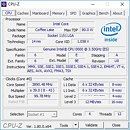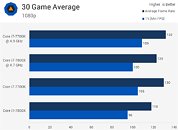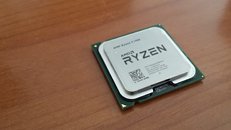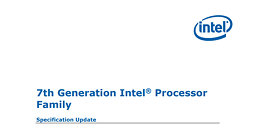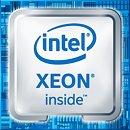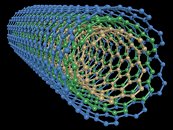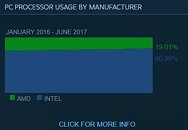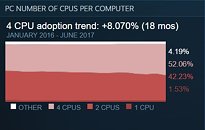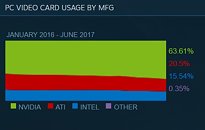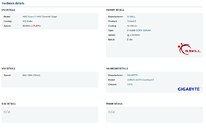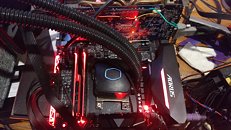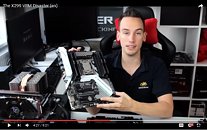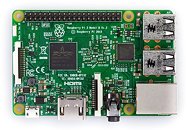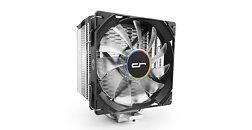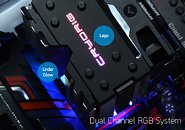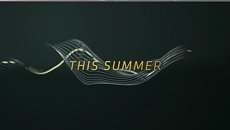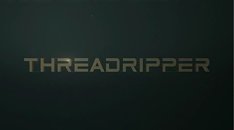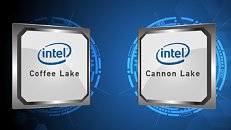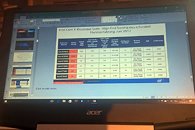
AMD Ryzen Threadripper Breaks 5.2 GHz + X399 Boards on Display!
AMD did not just announce retail availability on Ryzen Threadripper today, they also had some on-site and arranged for a fun LN2 overclocking event as part of Capsaicin SIGGRAPH 2017. As always, such events are to give day one estimates on the maximum performance potential of the silicon which in turn guides end users and board partners alike on the worst case scenarios as far as power draw and cooling requirements go.
Monstru from Lab501 was kind enough to share a couple of pictures of the actual event with us while AMD followed up with a Cinebench R15 screenshot as seen below. All 16 cores of the Ryzen Threadripper 1950X were overclocked to 5.2 GHz with a x52 multiplier on a standard 100 MHz bus speed. Core VID from CPU-Z is not trustworthy at these temperatures, so presumably it was more in the range of 1.6 V than 1.16 V. They did have DDR4 RAM in quad channel but at the JEDEC base of 2133 MHz to get as high a CPU frequency without the IMC being a factor. The Cinebench R15 score of 4122 cb is very impressive, given the previous high score for a 16-core CPU was 2867 cb, and it took a 28 core CPU to beat this score before. Sure, the days of high core count overclockable CPUs is only coming now but it goes to show where we were before AMD and Intel both decided to go big this generation.After the break we have some photographs of X399 motherboards from various manufacturers, so be sure to take a look.
Monstru from Lab501 was kind enough to share a couple of pictures of the actual event with us while AMD followed up with a Cinebench R15 screenshot as seen below. All 16 cores of the Ryzen Threadripper 1950X were overclocked to 5.2 GHz with a x52 multiplier on a standard 100 MHz bus speed. Core VID from CPU-Z is not trustworthy at these temperatures, so presumably it was more in the range of 1.6 V than 1.16 V. They did have DDR4 RAM in quad channel but at the JEDEC base of 2133 MHz to get as high a CPU frequency without the IMC being a factor. The Cinebench R15 score of 4122 cb is very impressive, given the previous high score for a 16-core CPU was 2867 cb, and it took a 28 core CPU to beat this score before. Sure, the days of high core count overclockable CPUs is only coming now but it goes to show where we were before AMD and Intel both decided to go big this generation.After the break we have some photographs of X399 motherboards from various manufacturers, so be sure to take a look.








